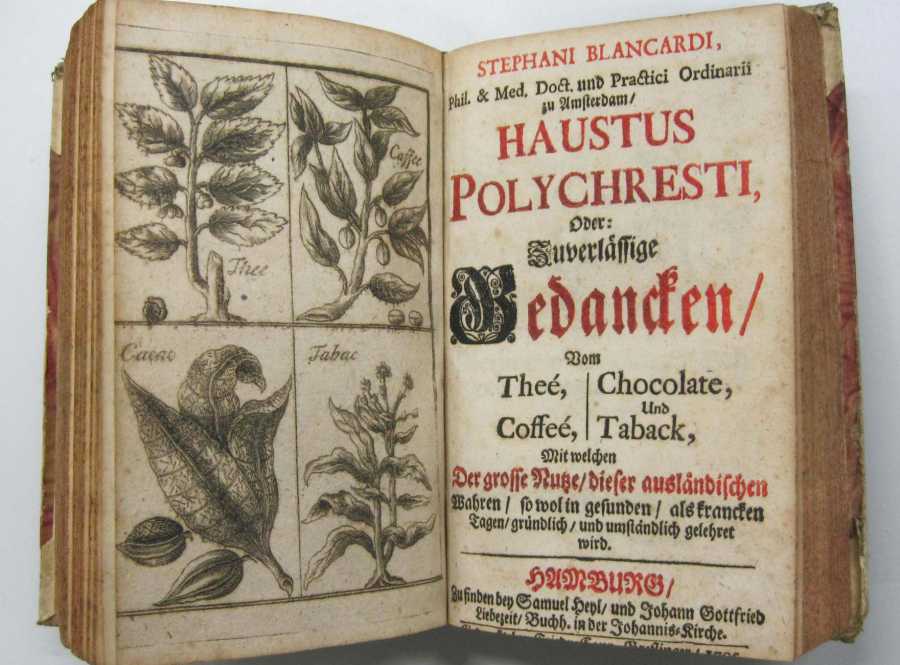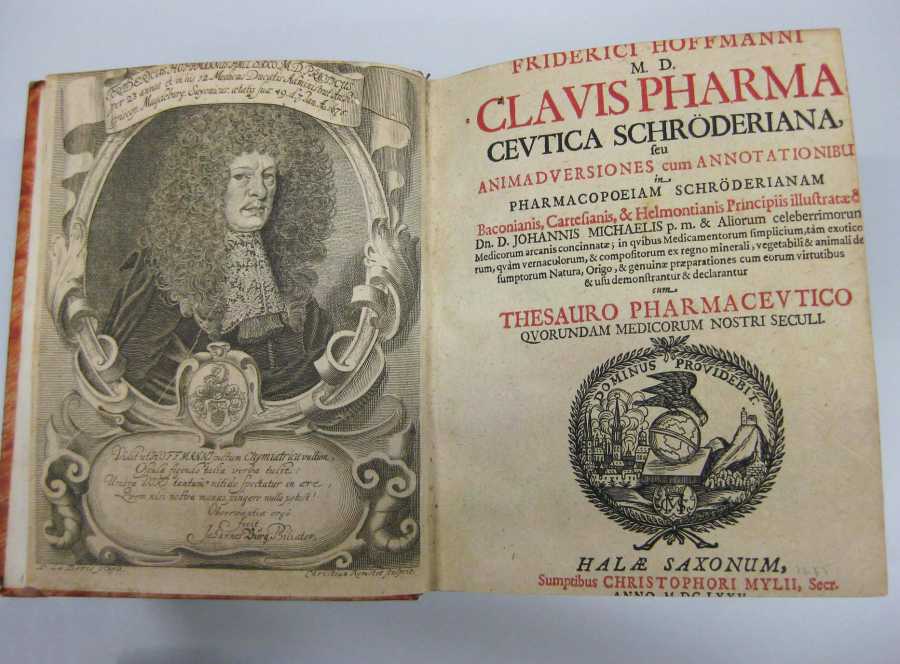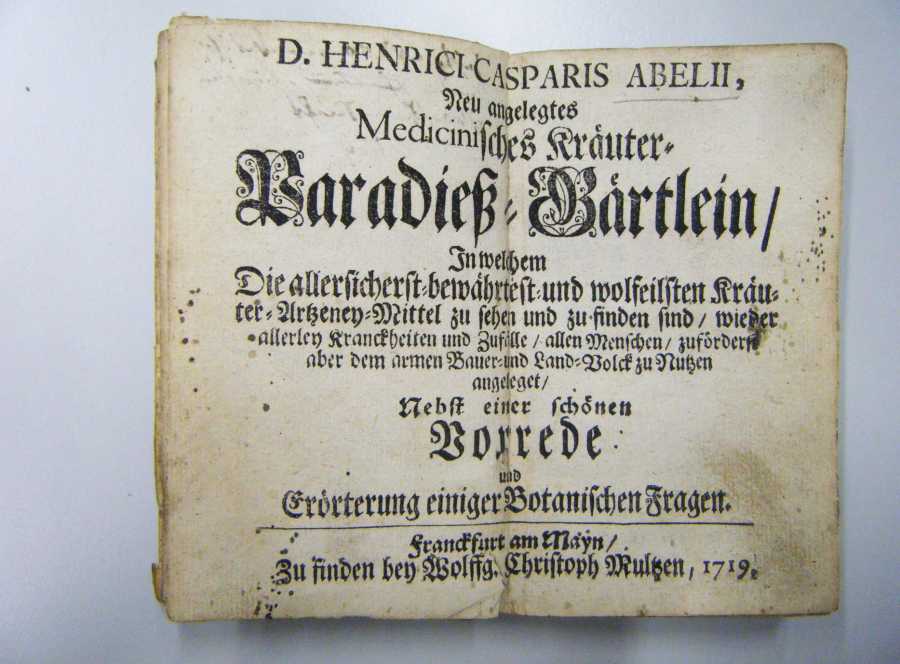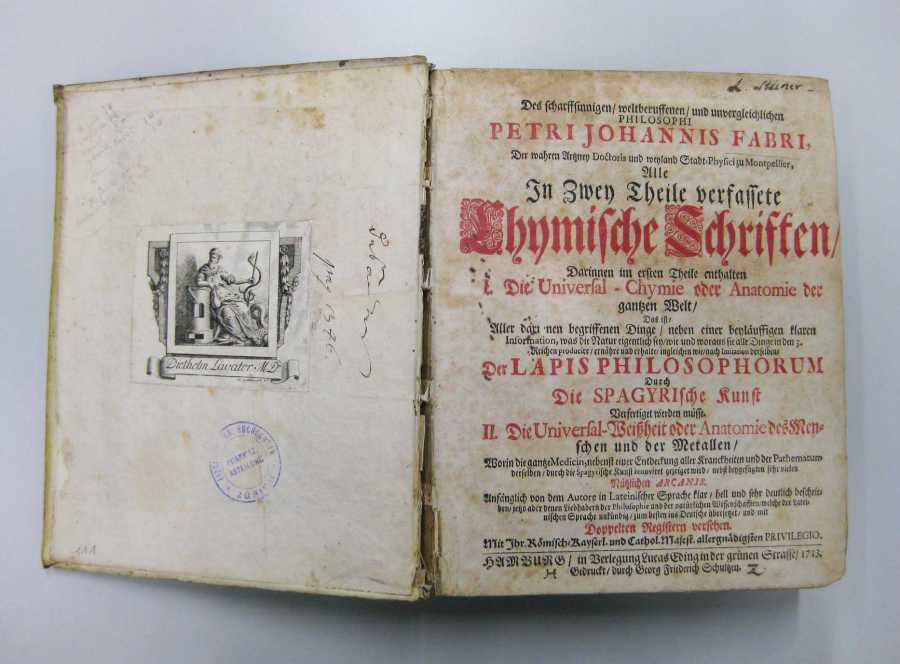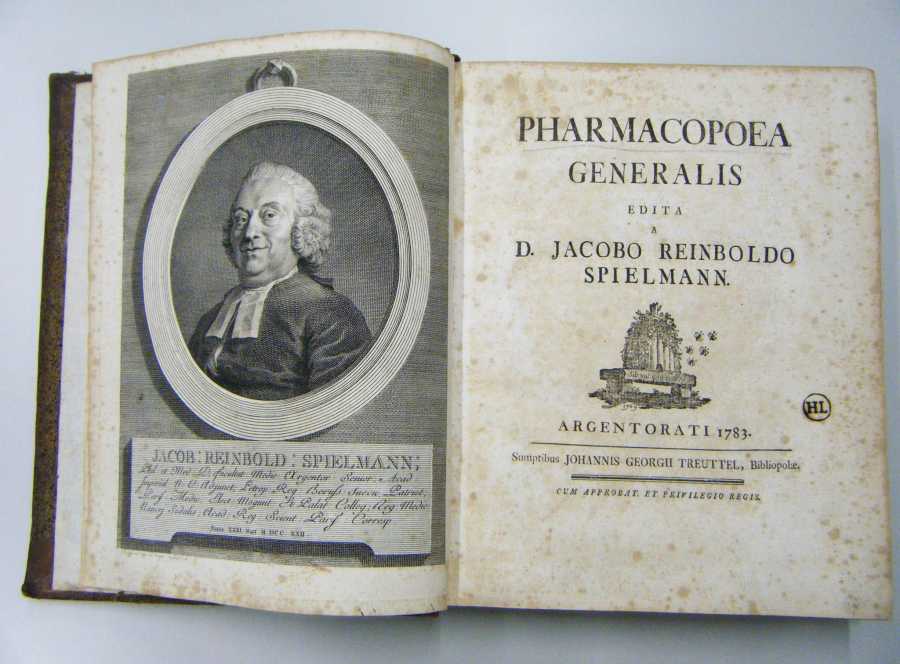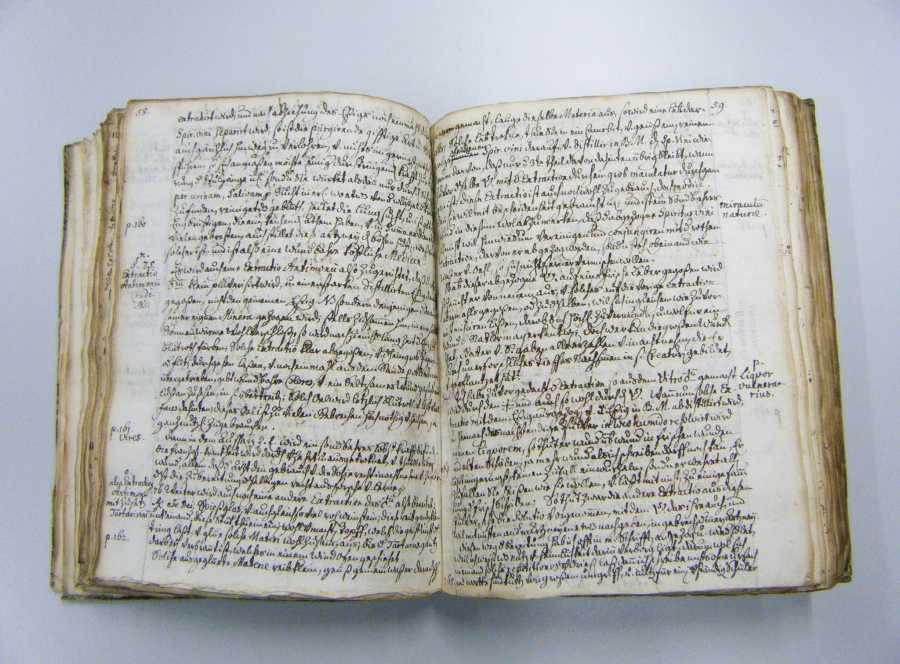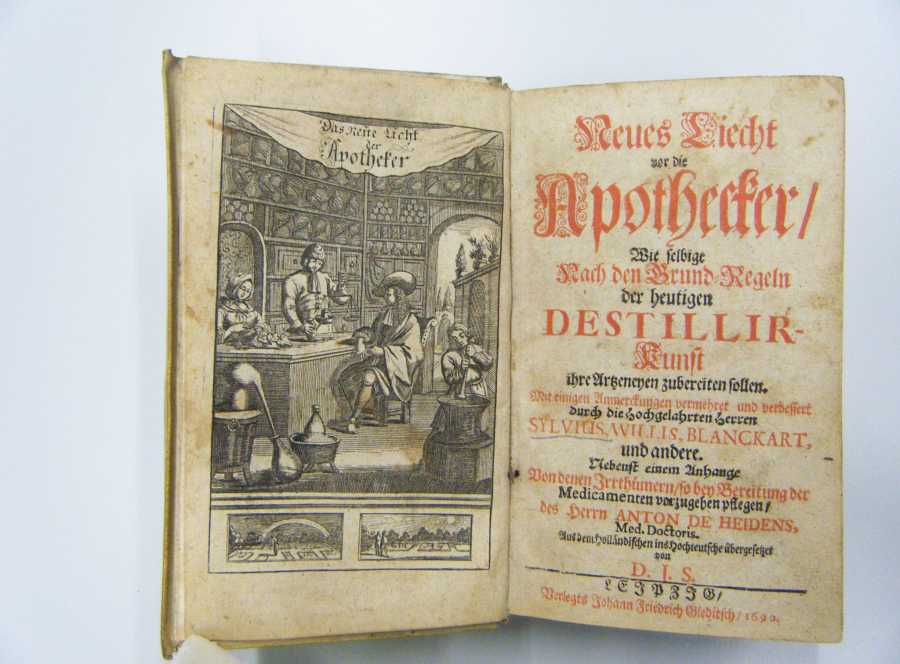Herbal book collection (15th-20th c.)
Hartwich's collection is a treasure trove of herbal/botanical books, treatises, dissertations, post-doctoral theses, weeklies, and yearbooks. They provide insights into the state of knowledge in pharmacy, medicine, and chemistry at that time.
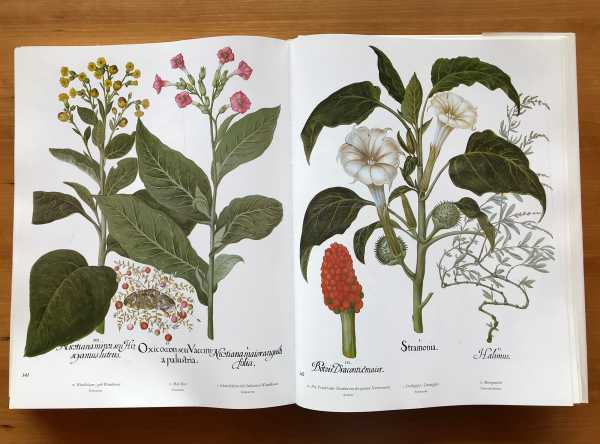
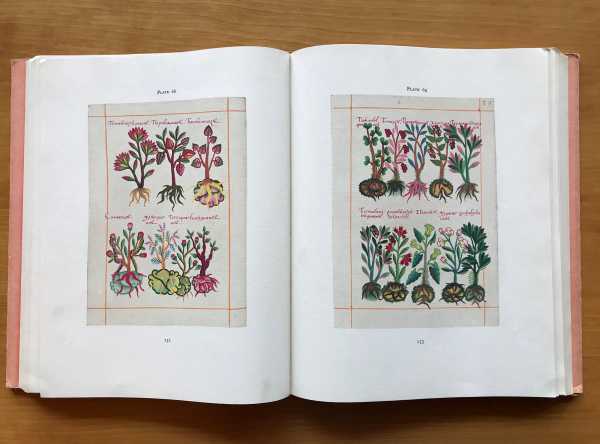
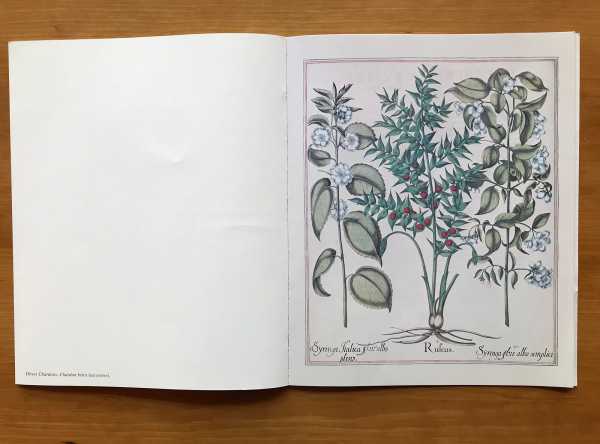
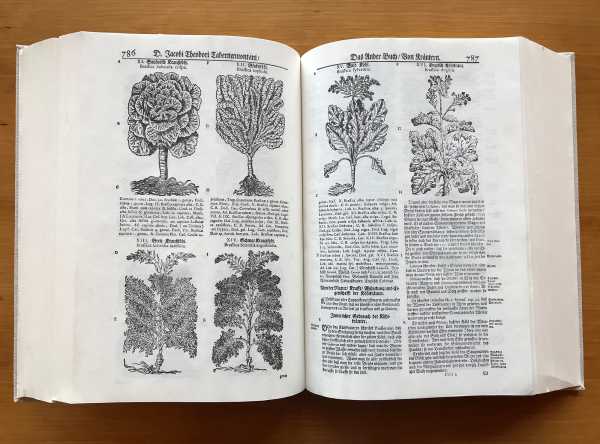
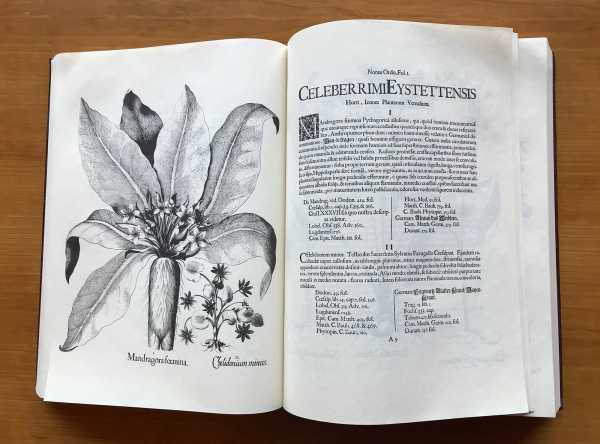

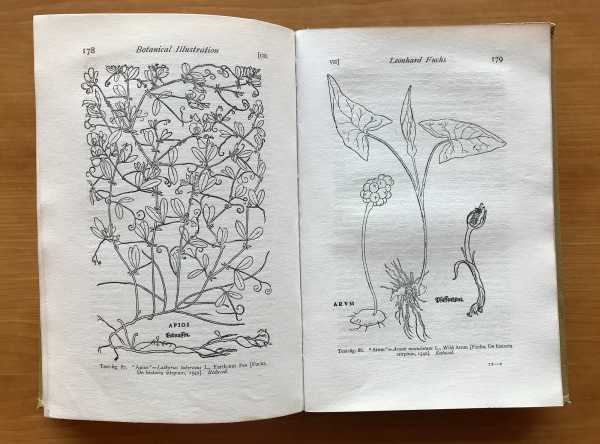
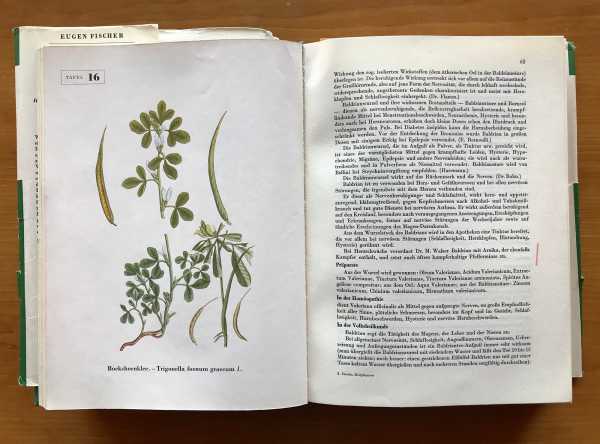
"Many of these books contain ornate representations and pictorial allegories. Some application of medicinal plants in the old herbal books seems strange; one can only guess at some representations of unicorns, death, and devils. Impressive also are the scientific apparatuses accurately drawn centuries ago and the aesthetically pleasing plant drawings. The correspondence between selected book authors revealed not only research preferences for certain plants or animals, but also gave insights into their families, living conditions, financial problems, time constraints, and the exchange of knowledge and plant material that was common at that time. Likewise, it became more recognizable who preferred to write for wealthy readers or rather for the general public, who wrote "bestsellers" with more than 20 editions or secretly copied from others, and whether letter writers were friends or in competition with each other. [...] Several books have pharmacognostic, medical or chemical treatises on the subject, some are provided only with text or handwritten annotations, others contain detailed, colorful illustrations as woodcuts, copperplate engravings or later as photographs. [...] The complete preservation of Hartwich's library and collection makes the working and thinking of a turn-of-the-century professor of pharmacognosy comprehensible."
Excerpt, Brauckmann B., Schweiz Z Ganzheitsmed 2015; 27: 133-134.
A foray through selected works
The above paragraph makes it clear: The books contain far too much information to be summarized here in brevity and completeness. However, the images and PDFs below with illustrations of selected books, arranged by centuries, provide a first impression. Exciting stories can be found in the articles, which are listed as reading tips at the end of the page. There, the authors accompany two scholars on the trail of opium and coffee, reveal how herbal books became the subject of dispute during the Renaissance, how tulips became a treasure with usurious prices, and introduce special personalities: from hitherto unknown alchemists to plant illustrators, engravers, to helpless employers and loving wives. (Photos: Lisa Mark, Compilation PDFs: Dr. Barbara Brauckmann).
About the book collection: Several years ago , the approximately 900 books from the Hartwich estate were sold or transferred to the Institute of Pharmaceutical Sciences of ETH Zurich. Due to a lack of space, most of the book collection and many other objects of the Chemical and Pharmacognostic Collection were entrusted to the external page "Pharmaziemuseum der Universität Basel" on permanent loan in 2010. A small part of the entire collection can be viewed there in the so-called "Vasensaal".
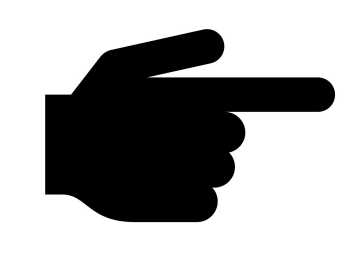
A brochure with selected photos of some of the books is available for free at the information desk of the Information Center (G-floor) or directly at the collection (H-floor, small table).
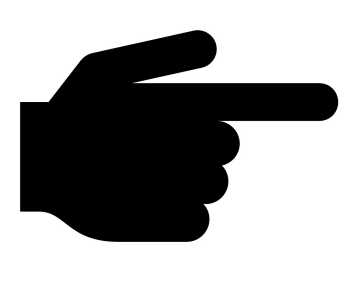
If you can't get enough of herbs, you can also see them in live – In the medicinal plant garden next to the D-CHAB building. Its stone benches in the shape of a labyrinth are an invitation to sit down, look and linger.
Literature and reading tips
In nine publications, published by Karger Verlag, Barbara Brauckmann and Martin Kluge reveal exciting background stories about Hartwich’s books: How did the herbal book evolve from being a medical reference work to a botanical enthusiast's object? What did the authors experience? How did microscopy actually develop? And much more ... (only available in German).
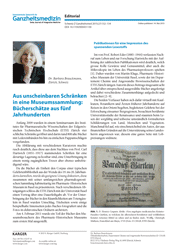
Brauckmann B (9): Aus unscheinbaren Schränken in eine Museumssammlung: Bücherschätze aus 5 Jahrhunderten.
Download Schweiz Z Ganzheitsmed 2015; 27: 132–134 (PDF, 315 KB)
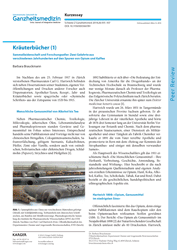
Brauckmann B: Kräuterbücher (1): Sammelleidenschaft und Forschungseifer: Zwei Gelehrte aus verschiedenen Jahrhunderten auf den Spuren von Opium und Kaffee.
Download Schweiz Z Ganzheitsmed 2014; 26: 105–107 (PDF, 481 KB)
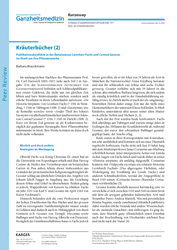
Brauckmann B: Kräuterbücher (2): Publikationskonflikte in der Renaissance: Leonhart Fuchs und Conrad Gessner im Streit um ihre Pflanzenwerke.
Download Schweiz Z Ganzheitsmed 2014; 26: 168–171 (PDF, 458 KB)
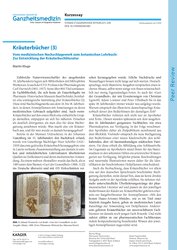
Kluge M: Kräuterbücher (3): Vom medizinischen Nachschlagewerk zum botanischen
Lehrbuch: Die Entwicklung der Kräuterbuchliteratur.
Download Schweiz Z Ganzheitsmed 2014; 26: 223–226 (PDF, 555 KB)

Brauckmann B: Kräuterbücher (4): Tulpen in den Prachtgärten der Kaufleute und Fürsten des 16. bis 18. Jahrhunderts: Erlesene Kostbarkeiten zu ruinösen Preisen.
Download Schweiz Z Ganzheitsmed 2014; 26: 297–300 (PDF, 444 KB)

Kluge M: Kräuterbücher (5): Einblicke in das Alchemielabor: Zwei bisher unbekannte Alchemistenhandschriften.
Download Schweiz Z Ganzheitsmed 2014; 26: 350–353 (PDF, 279 KB)
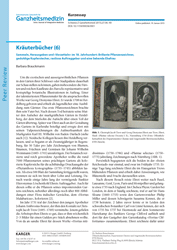
Brauckmann B: Kräuterbücher (6): Sammeln, Herausgeben und «Verzetteln» im 18. Jahrhundert: Brillante Pflanzenzeichner, geduldige Kupferstecher, rastlose Auftraggeber und eine liebende Ehefrau.
Download Schweiz Z Ganzheitsmed 2015; 27: 36–40 (PDF, 346 KB)
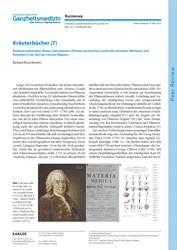
Brauckmann B: Kräuterbücher (7): Patienten behandeln, Reisen unternehmen, Pflanzen beobachten und Briefe schreiben: Mediziner und Botaniker in der Zeit des «Ancien Régime».
Download Schweiz Z Ganzheitsmed 2015; 27: 95–99 (PDF, 317 KB)

Kluge M: Kräuterbücher (8): Eine neue Sicht der Wissenschaft – wie das Mikroskop den Blick der Medizin veränderte.
Download Schweiz Z Ganzheitsmed 2015; 27:159–163 (PDF, 366 KB)


